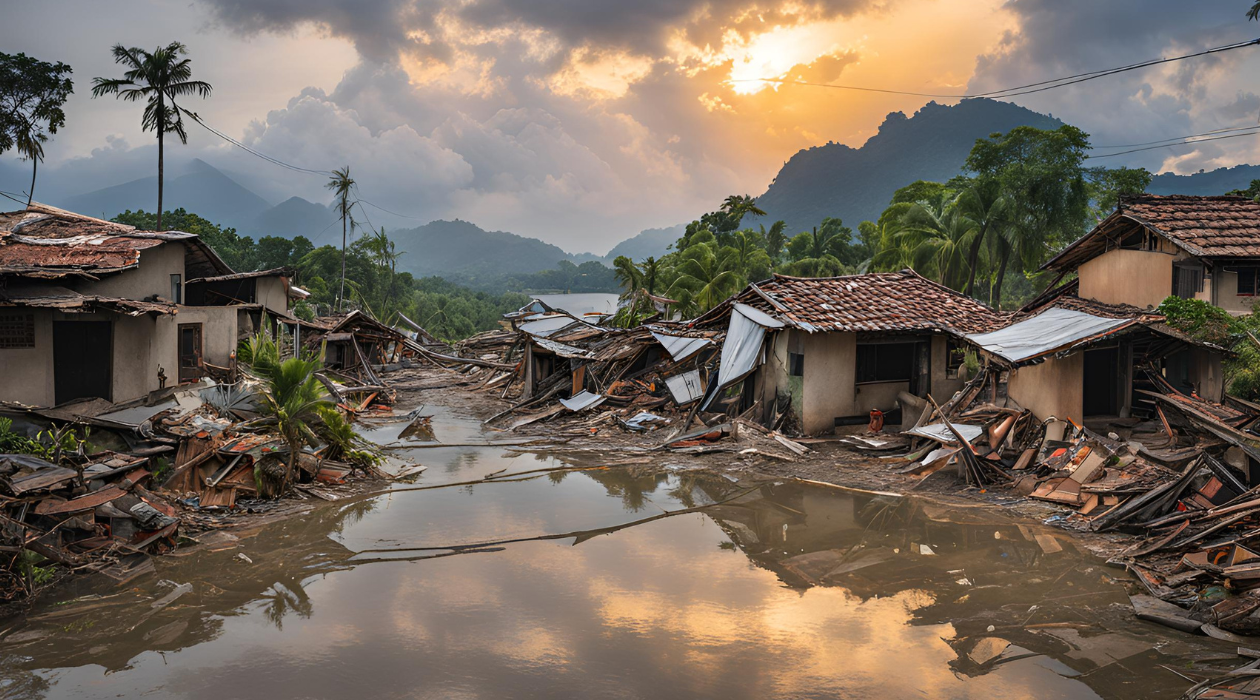Celebrating International Day for Disaster Risk Reduction

An Opportunity to Reflect on the Role of Restoration Efforts in Building a Better Future
Last Sunday, 13th of October, we celebrated the International Day for Disaster Risk Reduction, a commemoration dedicated to encouraging action towards creating more disaster-resilient communities. At RESTOREID, our goal is to explore the connections between nature restoration, biodiversity, and disease prevention. But what relevance does this have to disaster risk reduction?
Biodiversity is the foundation of healthy ecosystems, encompassing the variety of life on Earth, including numerous species and the ecosystems they form. These ecosystems provide essential services that sustain human life, such as clean air, water, and food security. When biodiversity is compromised, the entire web of life can destabilise, leading to negative effects on human well-being and increasing vulnerability to disasters.
Healthy ecosystems play a crucial role in disaster risk reduction. They serve as natural buffers that absorb shocks and minimise the impact of disasters like floods, landslides, and droughts. For instance, wetlands can absorb excess rainwater, thereby reducing flood risks, while forests stabilise soils, preventing landslides. Protecting and restoring these natural habitats fosters resilient landscapes that enhance community safety and mitigate the impacts of natural disasters.
Biodiversity conservation is not merely about preserving species; it also significantly contributes to disaster preparedness. Healthy ecosystems can reduce the severity of natural disasters and enable communities to recover more swiftly. For example, coral reefs and mangroves help reduce coastal erosion and protect coastal communities from storm surges. For these and other reasons, conservation efforts can enhance a community's resilience to disasters, ensuring that they are better prepared to respond when emergencies arise.
To tackle these challenges effectively, we must adopt integrated approaches that not only protect endangered species and their habitats but also invest in sustainable land-use practices, community engagement, and education.
Fostering collaboration among governments, NGOs, local communities, and other stakeholders can create comprehensive strategies that address both biodiversity and disaster resilience. Initiatives such as reforestation, wetland restoration, and sustainable agriculture can result in multiple benefits, from enhancing ecosystem services to improving community livelihoods.
Ultimately, by prioritising biodiversity conservation and disaster risk reduction, we can safeguard our planet and prepare for a sustainable future. By understanding and acting on these connections, we can build a more resilient and sustainable future for all.

